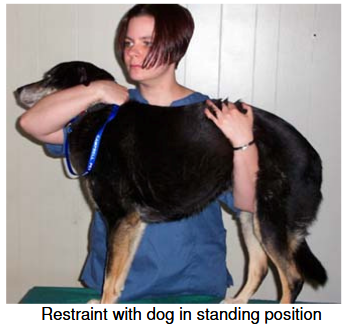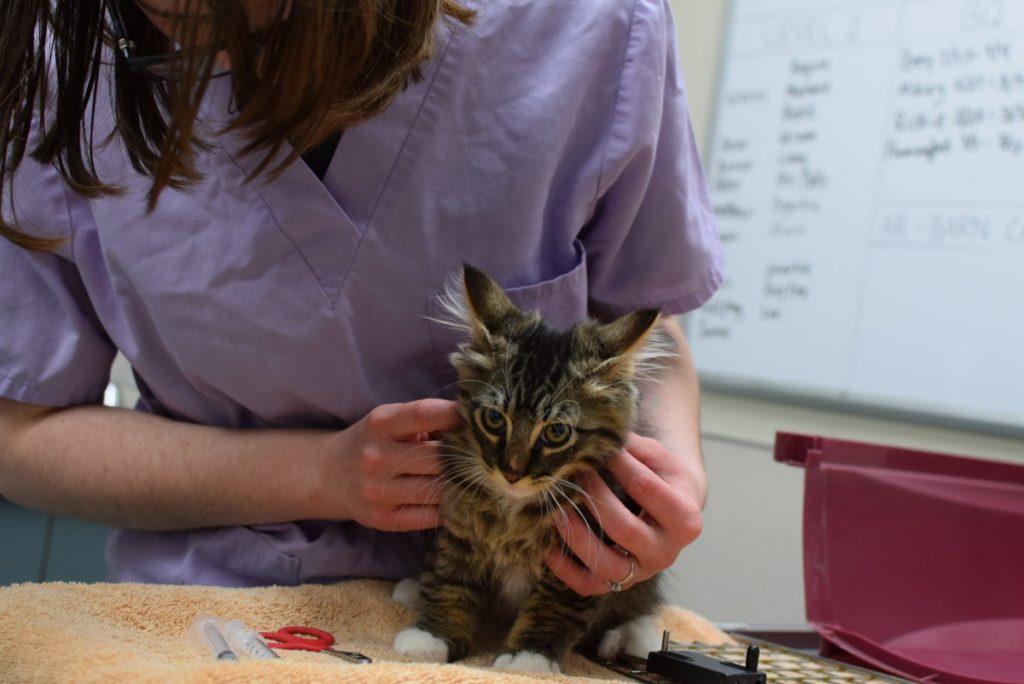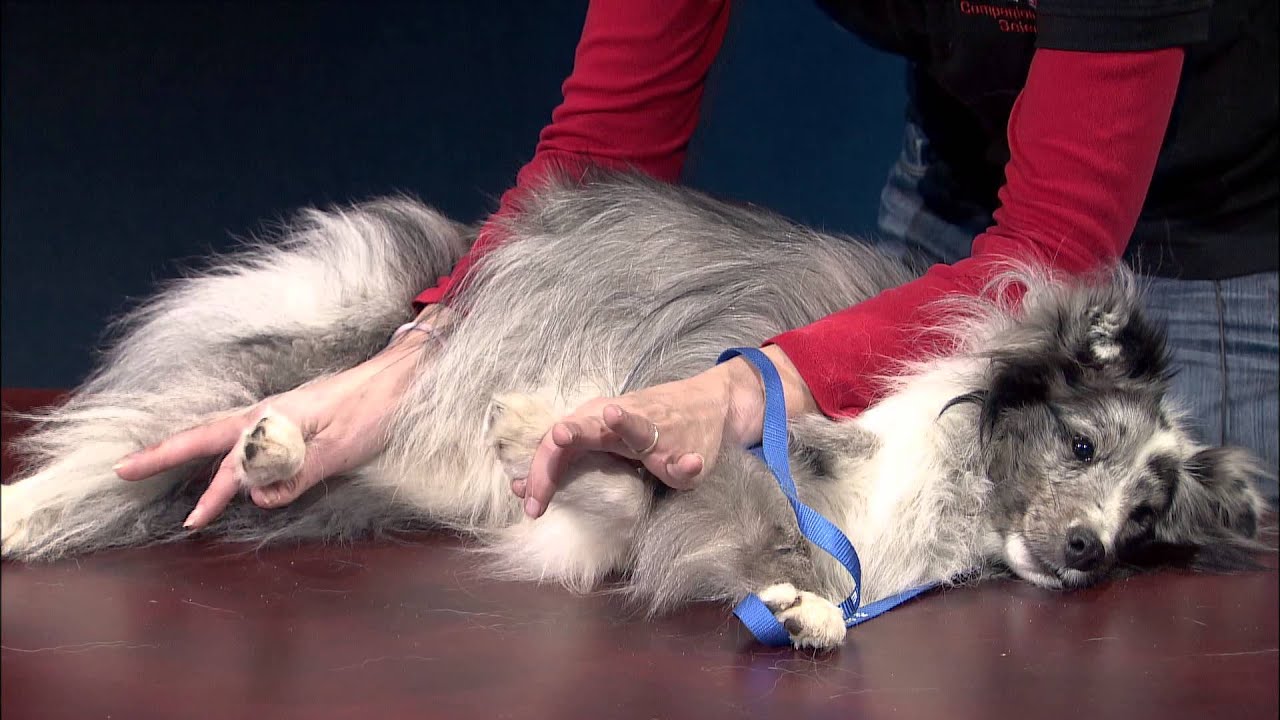Tuesdays with Tony
Listen, my staff are all vets and vet techs, so I do have an… appreciation for them (love may be a strong word), but I recognize that an inherent love for the veterinarian may not be present in all dogs and cats. As the human caretakers of your respective puppies, kittens, and rescued animals, you have the ability to foster a calmness and appreciation for the service providers at the vet clinic from an early age. This is done by acclimatizing your pet to things commonly done at vet visits, including general restraint, looking in ears, eyes, and mouths, and feeling legs and paws.
When you adopt or buy a new pet, it’s very important to bring them for an establishment exam to meet their new veterinarian, even if they aren’t due for vaccines or medications. In fact, making this first visit a positive one with minimal invasive procedures is another great way to foster a positive association with the doctor.
Cats (the superior species, obviously) often don’t go see the doctor enough. All animals should see their doctor at least once per year (just like all people… how’s that going for you, human?), but cats are especially good at hiding signs of disease until they’re very advanced. If they see their doctor yearly or twice yearly for general checkups, there is a very good chance illness can be caught earlier (which makes everything easier to treat).
To make your pet the best patient they can be, make going to the vet a normal part of life. Try out “happy visits.” This is when your pet comes into the clinic but nothing scary happens, just cuddles and treats. Make sure you talk to your vet clinic about this. Most are happy to do them, but they may need to put them on the schedule. Because my veterinary staff have both mobile and in-clinic appointments, they would need to make sure someone was here to appropriately snuggle the cute visitors. You can do happy visits between their regularly scheduled puppy or kitten visits, maybe once a month or every two weeks. But there’s multiple things you can do way more frequently than that.
Play with their paws and ears and open their mouth. Now, I say this mostly echoing what Dr. Speziok tells new puppy and kitten owners, because as a distinguished cat, I don’t *particularly* like my paws, ears, or mouth played with, but I will say it’s nice when it’s not a surprise. Puppies and kittens are new to the world and don’t know what is okay and what isn’t. So, teach them that it’s normal to have their human staff check out their ears, mouth, and paws. This will also help you in the future giving them nail trims.
I find that humans tend to hold puppies and kittens a lot in their first few weeks at home, but then that drops off as they get older and more independent. This results in a pet that’s very used to being held at the 8- or 12-week visit, but a very offended, very boisterous teenager at the 4- and 6-month visits.
There are some simple holds you can practice with your animals at home, and if you pair these with treat time, they will associate this practice with good things. Your goal should be to create positive associations with the things that will happen at the vet. This makes vet visits go smoother, which creates more positive associations! A happy pet at the vet means a happy vet and no barriers to a very thorough exam.
Anyway, the first one to practice is with your pet standing. Put one hand or arm under their belly and the other around the front of their chest, hold them close to your body and just let them stay still for a few minutes. If you have a second human to assist, they can practice looking in ears or eyes or picking up paws while you hold your pet– make sure to give lots of treats! Start small, puppies and kittens have super short attention spans so even 30-45 seconds at a time is helpful. An important note: if your puppy or kitten throws a bit of a tantrum, do your best to let them calm down before you release them. This way they don’t learn that a tantrum is the way to get out of restraint. Unless it’s me, and you should release me immediately. I’m just saying.
photo courtesy of ruralareavet.org
Another hold to practice is fairly simple, but you’d be surprised how little it happens outside the vet clinic. Have your puppy or kitten sit down facing away from you. You can do it on the floor or on a table, depending on how big they are. Use treats to convince them to get in this position and stay there initially, then you can work up to holding them around their chest or gently under their chin. This is usually the position animals have to get into to have their blood drawn, and if it is taught as a “normal” thing that humans sometimes ask them to do, it’s way less scary! This is also the easiest position to pill a dog or cat from, though in this cat’s opinion, you should almost always offer pills in some tasty food, as my human staff do for me.
photo courtesy of oregonhumane.org
Finally, when your puppy or kitten is already feeling a little rollie pollie, maybe after a meal or a good play session, you can practice restraining them gently on their side. It’s usually best to start this one when they’re already laying down, but all you’ll do is put one arm across their belly and gently grasp their bottom hind leg, then put one arm gently across their neck (no pressure here!) and gently grasp their bottom front leg.
This is probably going to be really confusing at first, but if you have a second human staff member there with some tasty treats, and only hold the position for a few seconds at a time to start, it can quickly become a fun activity. Keeping animals on their sides like this is pretty common during sick vet visits, if they’ve hurt a leg, or if they need a nail trim. It’s a very normal position for animals to take, but what’s not normal if you’re not used to it with the human involvement. Making that a somewhat normal part of life from the beginning will make those future vet visits way more fun for all involved.

Being a human really isn’t that hard, much easier than being a cat, so I hope you don’t mind me adding this homework on to your job as a pet owner. Investing time into comfort with vet visits when pets are young– or new to your care– will pay off with huge returns over the course of their life, as vet visits will be less stressful and more enjoyable for everyone.
Until next week,
~Tony
P.S. Are you still relying on Facebook to show you my blog each week? Be a good human and subscribe so you can get my wisdom in your email, and a day earlier than everyone else! It’s the big purple box down below. Just scroll down a bit. That’s a good human, you can do it!
Tuesdays with Tony is the official blog of Tony the Clinic Cat at Springhill Equine Veterinary Clinic in Newberry, Florida. If you liked this blog, please subscribe below, and share it with your friends on social media! For more information, please call us at (352) 472-1620, visit our website at SpringhillEquine.com, or follow us on Facebook!
[jetpack_subscription_form title="Subscribe to Whinny's Wisdoms"]

